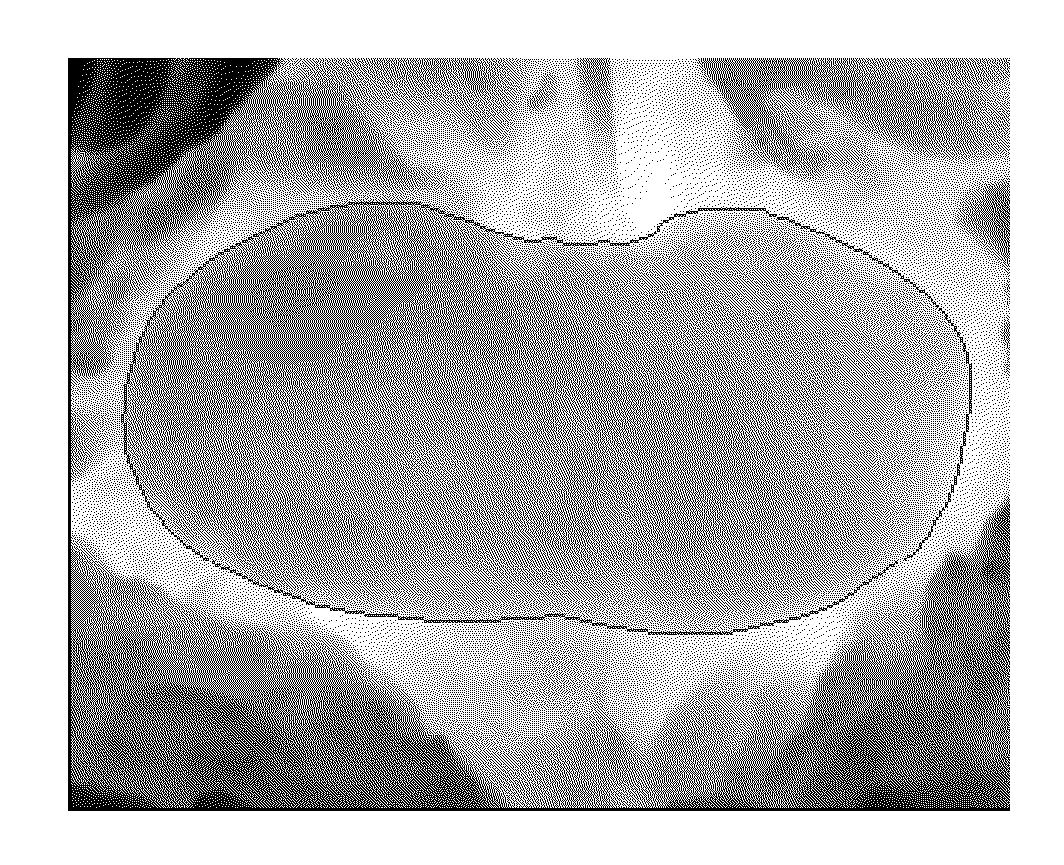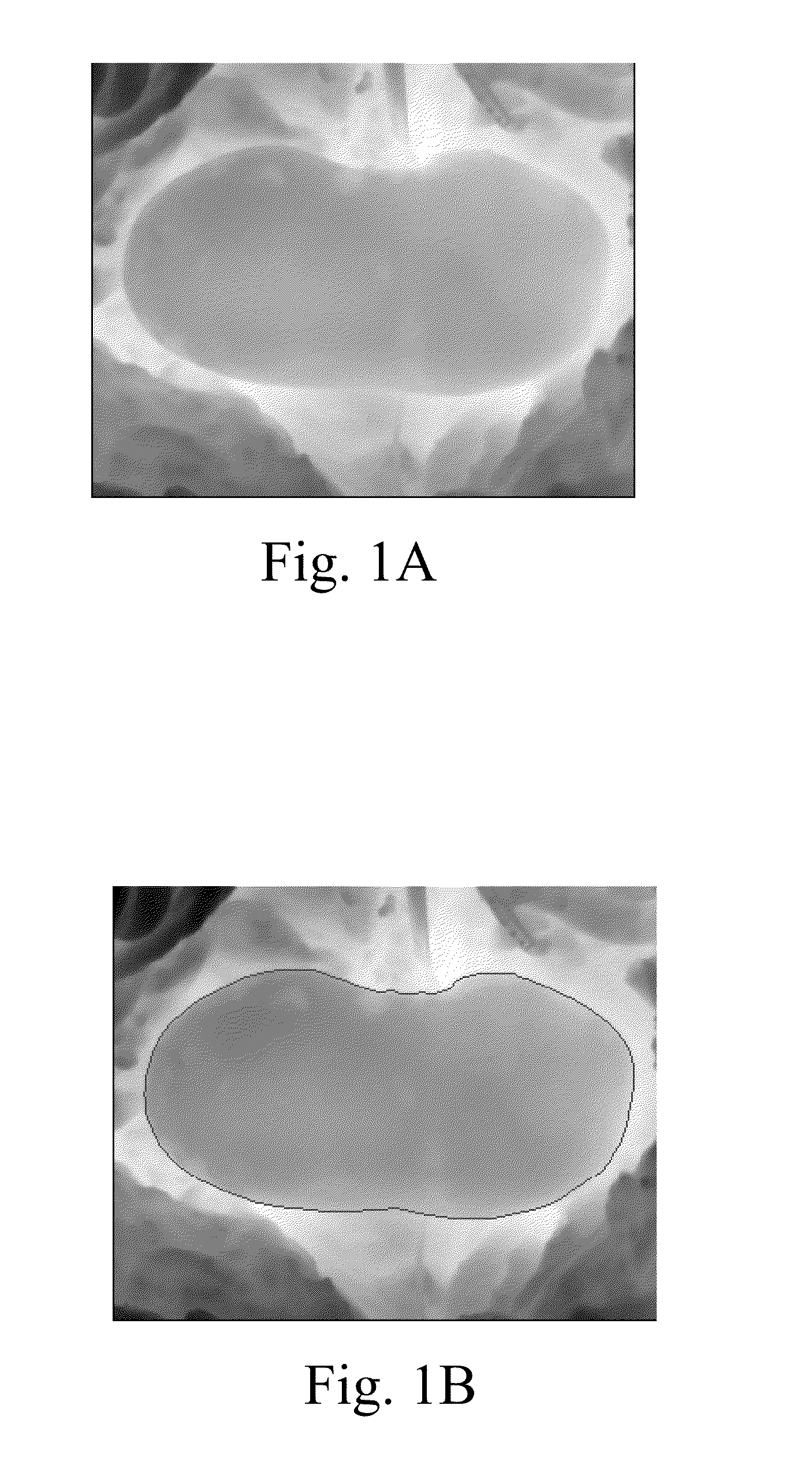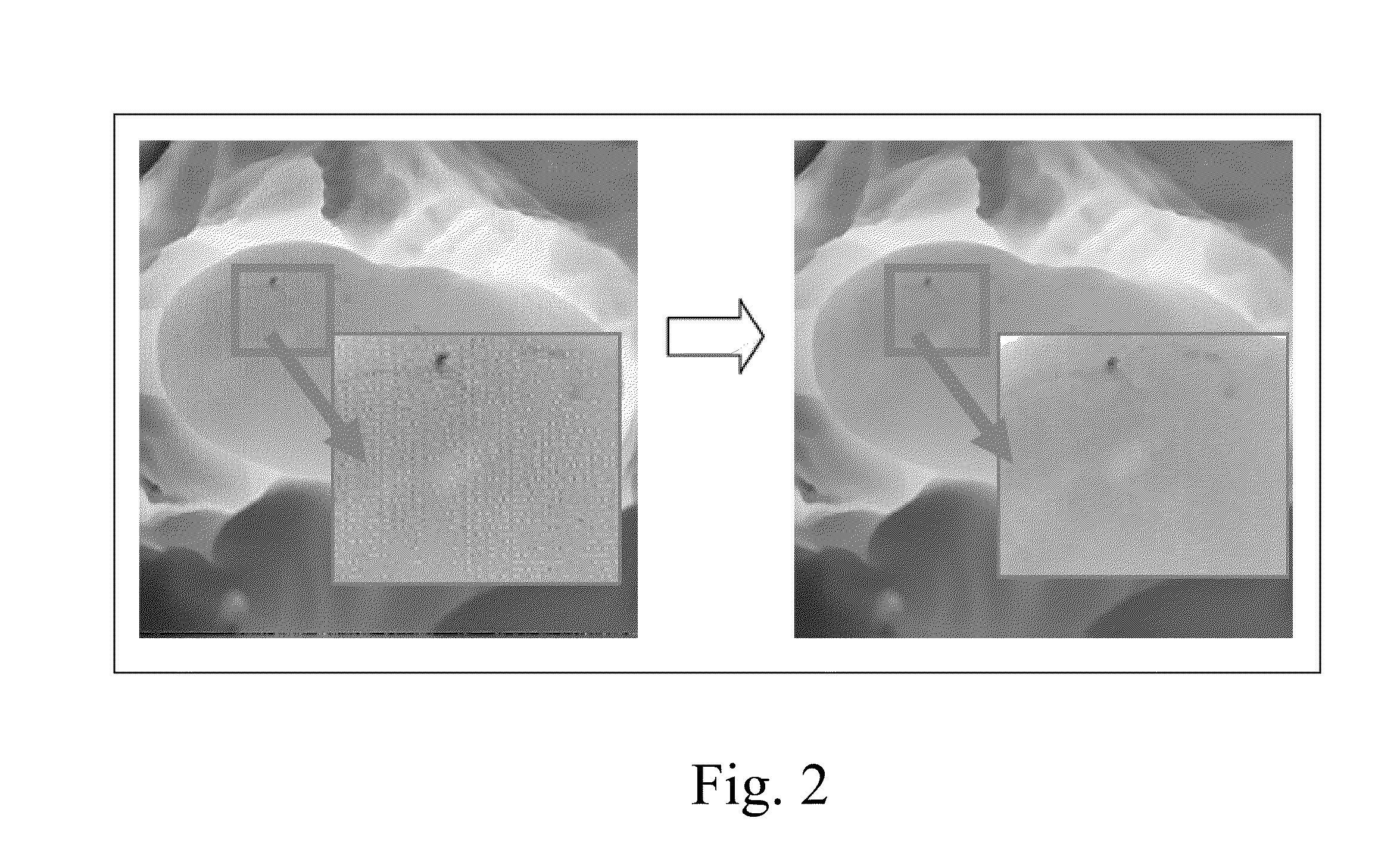Image registration method for medical image sequences
a medical image and sequence technology, applied in image analysis, image enhancement, instruments, etc., can solve the problems of difficult positioning using standard image processing techniques, low contrast of medical image sequences, and inability to accurately identify the borders of the organs
- Summary
- Abstract
- Description
- Claims
- Application Information
AI Technical Summary
Benefits of technology
Problems solved by technology
Method used
Image
Examples
Embodiment Construction
[0020]A methodology is presented for image registration of low contrast image sequence. The methodology registers only a desired region within each image where the region has a low contrast border with respect to its surroundings. The methodology in one embodiment first segments areas of the image for which image registration needs to be performed. In one embodiment, methods such as active contours and adaptive thresholding of intensity or edge information may be used to segment the region having low contrast. Specifically, in one embodiment, Canny edge-based method for segmentation of the specific organ or region under study, along with a shape moment-based registration method for the segmented region are used.
[0021]After segmentation, features are extracted to perform the registration. In extracting features, metrics are calculated to determine the relative motion within the segmented region to a reference image. Briefly, a reference image refers to a base image, with which subseq...
PUM
 Login to View More
Login to View More Abstract
Description
Claims
Application Information
 Login to View More
Login to View More - R&D
- Intellectual Property
- Life Sciences
- Materials
- Tech Scout
- Unparalleled Data Quality
- Higher Quality Content
- 60% Fewer Hallucinations
Browse by: Latest US Patents, China's latest patents, Technical Efficacy Thesaurus, Application Domain, Technology Topic, Popular Technical Reports.
© 2025 PatSnap. All rights reserved.Legal|Privacy policy|Modern Slavery Act Transparency Statement|Sitemap|About US| Contact US: help@patsnap.com



